Tokyo Story is perhaps the greatest movie ever made (it certainly has the backing of a spectrum of renowned directors). It's a deceptively simple, timeless story of an elderly couple who travels to Tokyo to visit their children in bustling post-war Japan, only to find their children occupied with the demands of their own jobs and families. But there is no bitterness or rancor, just acceptance and resignation, and the movie pulls off the difficult task of questioning the modern rat race while simultaneously suffusing the audience with warmth and grace. And it does this in a way that isn't boring or dull the way some art-house films are.
And unlike a number of other critically-acclaimed films, Tokyo Story's reputation isn't built on bare imagery or technical innovation (think 2001 or Citizen Kane) but on universally-identifiable emotions—so many films today make little emotional sense, even on the rare occasions when they actually attempt to.
Asakusa
Asakusa
is a popular tourist and entertainment hub, with lots of cheap hostels and
guesthouses in the area. It's centered around the Senso-in temple, which
has a huge paper lantern under a gate, followed by an arcade of
souvenir shops culminating in the temple proper. It's always busy and
popular with kids on school trips—fun, in an amusement-park kind of
way.
Most of the hostels are across the river, in a quieter neighborhood.
The other main attraction is the nearby kitchen district centered on Kappabashi street. It's one of the best places to see and buy the ubiquitous plastic sample-food
that you often see displayed at restaurants. It's a great place for
window shopping, and you can also buy some small and inexpensive (but
pretty low quality) souvenir sample-food keychains, fridge magnets, and
the like.
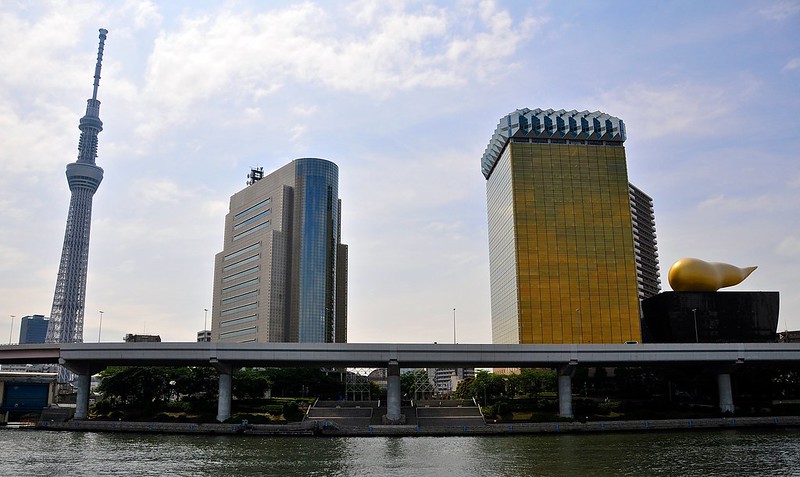 |
Philippe Starck's Asahi Beer Hall on the right and the Skytree on the left, as seen from across the Sumida river.
|
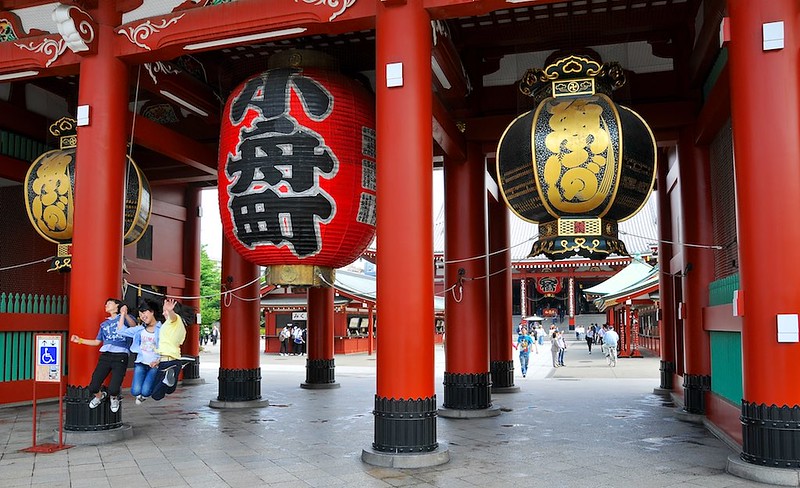 |
| Yay! |
 |
Another
gate and lantern at the end of the arcade.
|
I walked to Ginza to visit the Sanrio store—a friend loves My Little Twin Stars and I wanted to see if they had anything she might like. Ginza is notoriously expensive, and one symptom of that might be this incredibly stylish older lady I saw crossing the street outside a department store.
I headed back to Asakusa at night to take some twilight pictures of the Sky Tree set against a lantern-lit, restaurant-filled street. A lot of what I do when I travel is motivated by photography, which is both good and bad. I think that it makes me look at things more closely, but on the other hand I suspect it also means that I dismiss things too easily if they're not photogenic, and I definitely know that I will hang around some place for longer than necessary just to wait for a good moment.
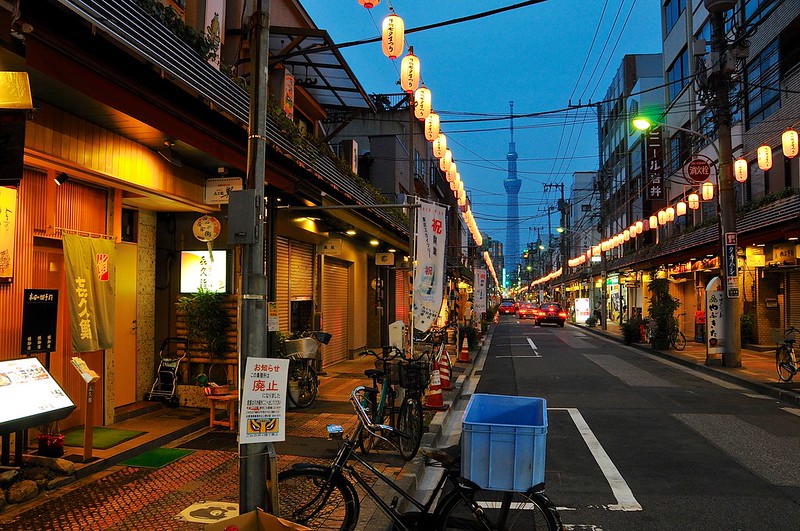 |
| Restaurant street in Asakusa. |
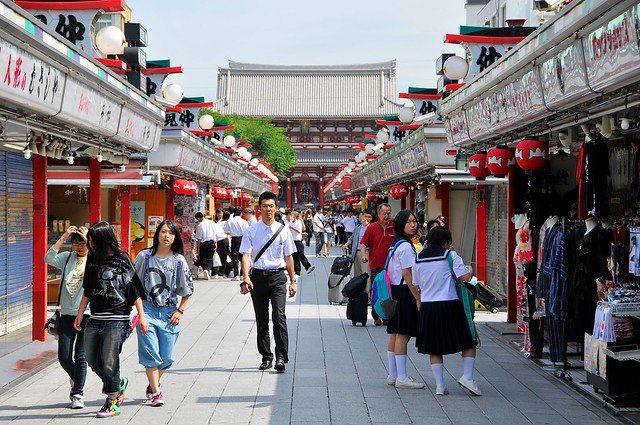
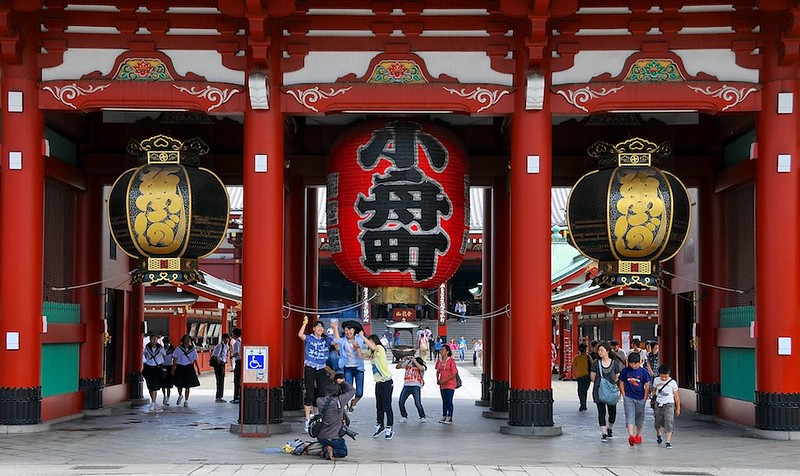

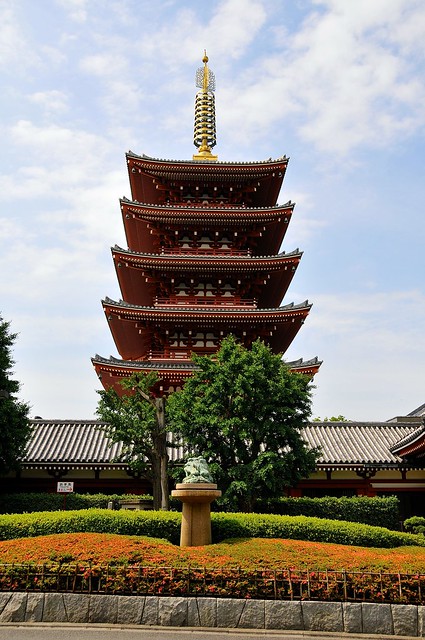

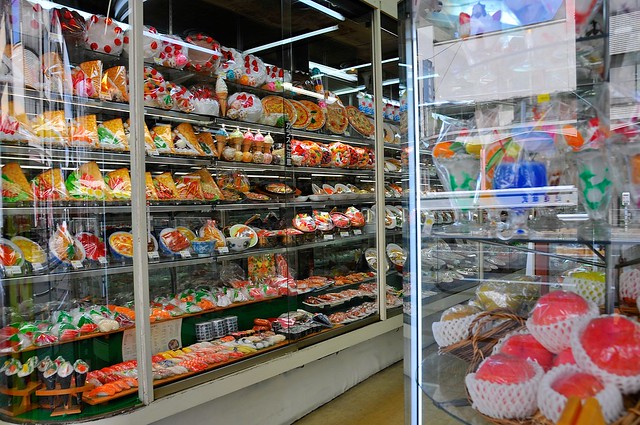
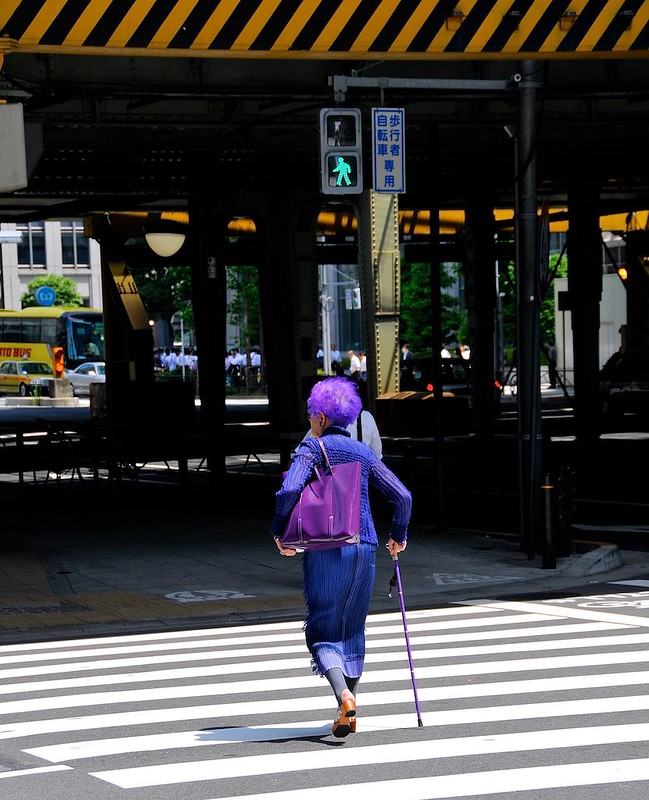

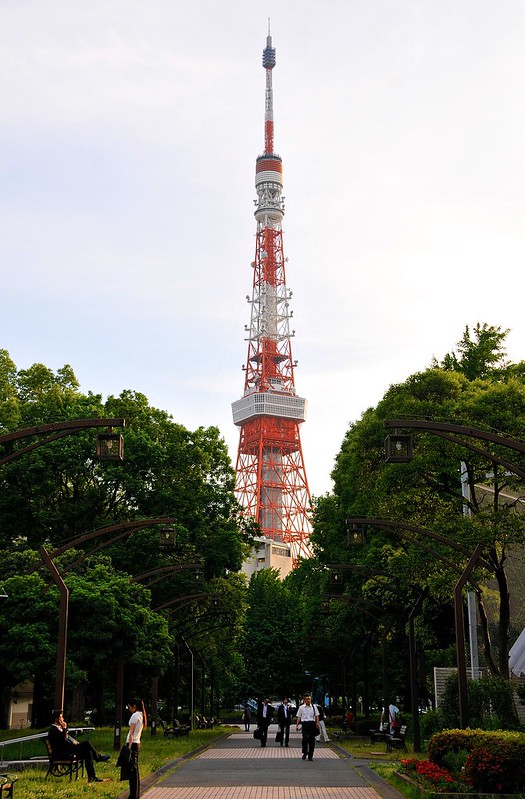
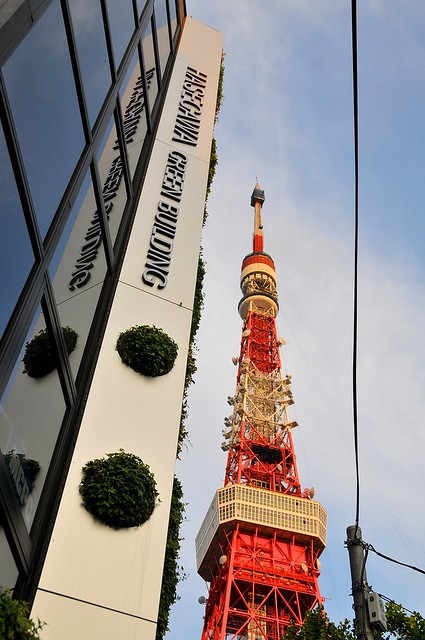
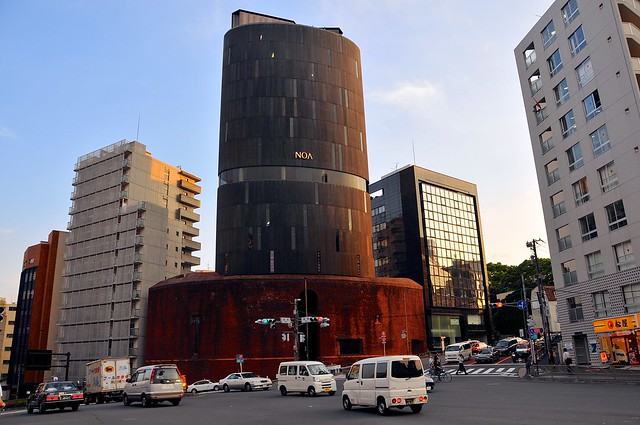
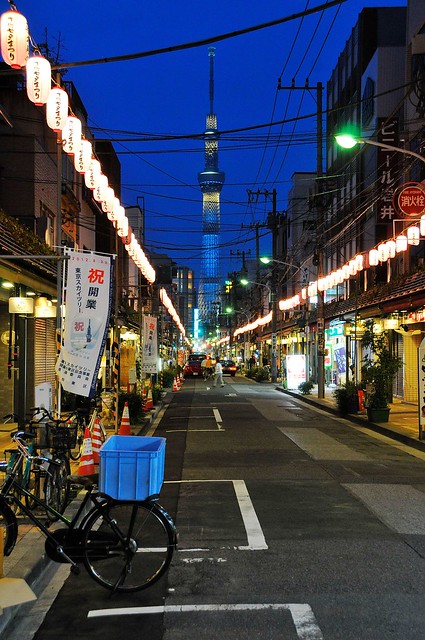
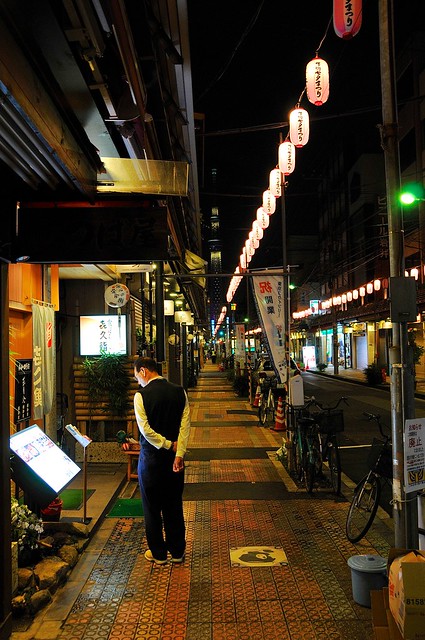

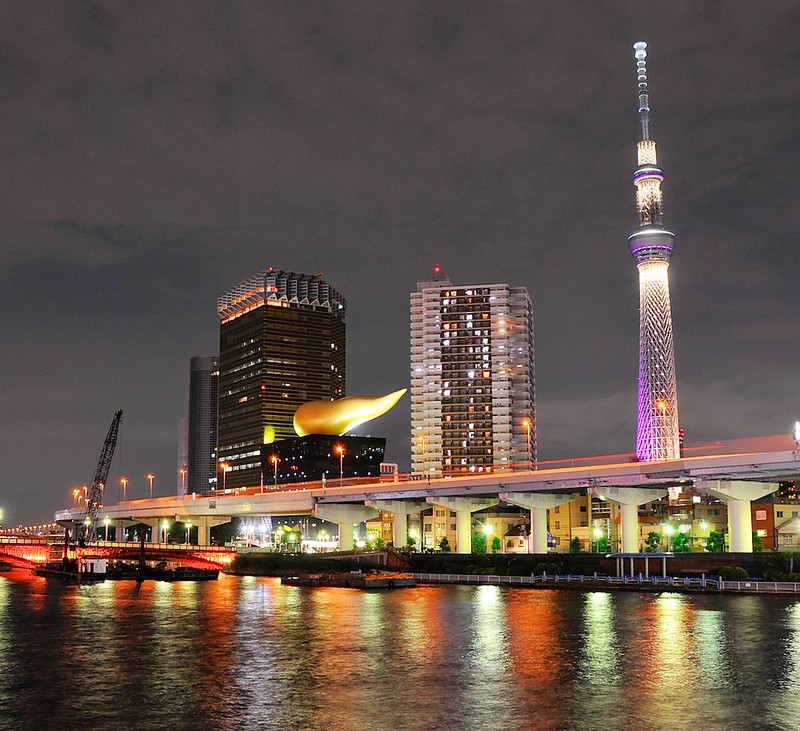

No comments:
Post a Comment